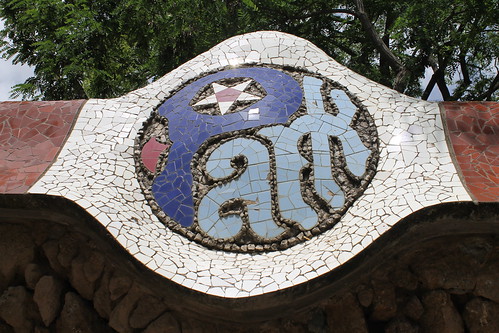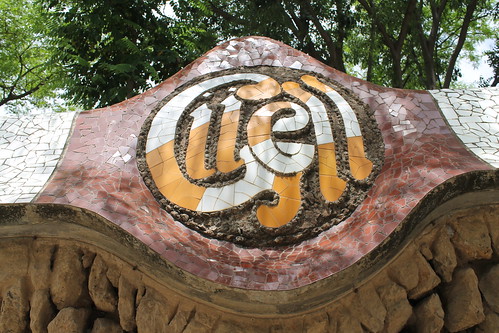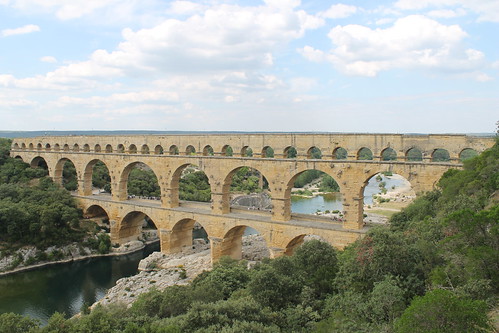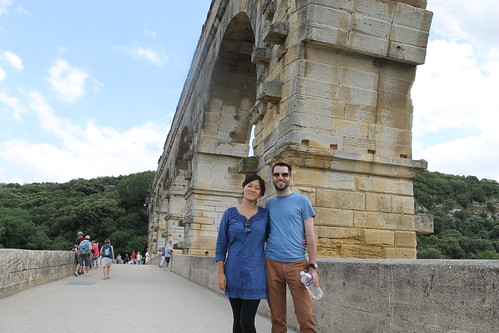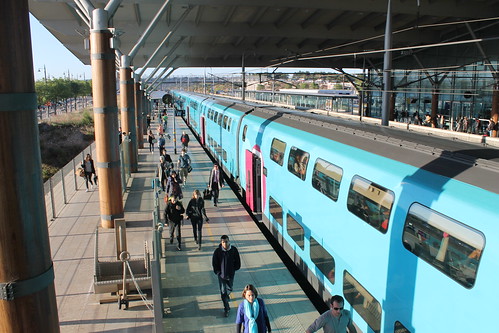Siena is a cacophony, which can be nice for a day or two, but it could really get on your nerves in the long term. Every morning, what can only be described as a cacophony of bells from several different churches start ringing at 7 am, and again at 8 am, continuing each time for about a minute. In the evening, they ring around 6 pm and 7 pm. For a small city which had 50,000 inhabitants at its peak in the 1300s, this city has a lot of churches. Outside our window, there are church bells on top of a parish that is literally next door. If you lean outside far enough, you can see San Domenico di Caterina, a large, elegant brick building to our right which is very typically Romanesque and does not have a lot of large windows, and then dominating our view from the apartment is the black and white striped masterpiece that is Il Duomo, Siena Cathedral.
To give a little background (though we’ll really dig into the history soon), Siena is about an hour and a half by train south of Florence in Tuscany. It used to be its own republic and a mighty city-state that once defeated Florence in war, but subsequently, became much more impoverished. As a result, Siena never had the funds to pull down their medieval buildings, and to this day, most of the city looks very similar to when it was built, sometime probably between 1100 and 1555 (the time of the Republic).
The first afternoon we arrived, we trekked nearly half an hour from the train station into the city, climbing the hillside to the city through a series of escalators and ramps, and then into the guts of a small medieval city with very narrow passageways that are lucky enough to fit one car and steep enough to merit stairs in a few places instead of smooth or scored stone pavement. Our Airbnb has an excellent view of Il Duomo as well as the surrounding hillside, and off in the distance, blue-purple hills punctured by the dark green poplars that are the hallmark of the Italian countryside. Outside our window are a few lovely restaurants who are capitalizing on the great view, and entertain folks deep into the night. Every day, there are also sparrows. They have colonized this city, perching in all sorts of small holes built into these buildings where they raise their young. They swoop about all day, but especially plentifully during dusk, scooping up insects and bugs. Perhaps that’s why we’ve had such a mosquito-free time, in comparison to our time in Venice!
Continue reading City of bells